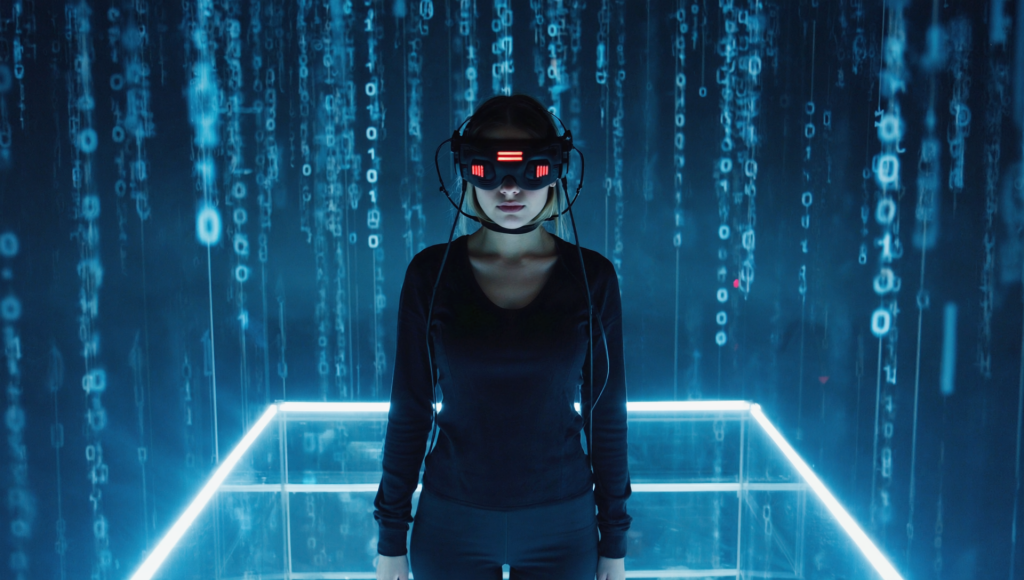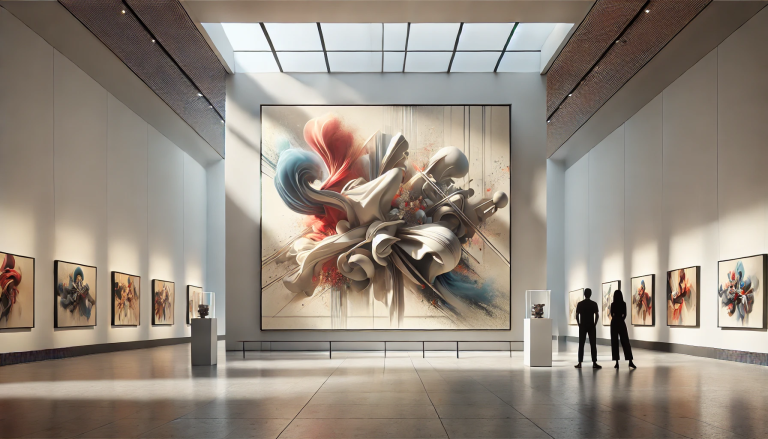Immersive Realities: Pioneering the Future of Virtual Reality Technology

Virtual reality (VR) is no longer confined to the realm of science fiction—it has become a transformative technology that is redefining how we interact with digital content. As VR systems become more advanced and accessible, they are opening up new possibilities in entertainment, education, healthcare, and business. This article explores the evolution of virtual reality technology, its innovative applications, and the challenges that lie ahead as we step into an increasingly immersive digital future.
Over the past few years, rapid advancements in VR hardware and software have turned what was once an experimental technology into a mainstream phenomenon. With improvements in display resolution, motion tracking, and user interface design, modern VR systems create experiences that blur the line between the physical and digital worlds. These advancements are setting the stage for a future where virtual reality plays a central role in everyday life.
The Evolution of Virtual Reality
The journey of virtual reality began with early experiments in simulation and 3D graphics. Initially, VR setups were large, cumbersome, and expensive, limiting their use to research institutions and specialized applications. Over time, technological progress reduced the cost and size of VR equipment, making it accessible to a broader audience.
Today, lightweight and affordable headsets paired with powerful computing systems have revolutionized the VR experience. High-definition displays, 360-degree tracking, and spatial audio have elevated immersion to new levels. These developments have enabled diverse applications across multiple industries, from immersive gaming environments to realistic training simulations for professionals.
As research continues and new technologies such as foveated rendering and wireless connectivity emerge, the capabilities of VR are expected to expand even further. This ongoing evolution promises to deliver even more realistic, engaging, and intuitive virtual experiences.
Innovative Applications and Emerging Trends
One of the most exciting aspects of VR is its wide range of applications. In the entertainment industry, VR has redefined gaming by allowing players to step directly into virtual worlds, offering unprecedented levels of immersion and interactivity. Virtual concerts, interactive films, and 360-degree storytelling are transforming how audiences experience media.
In education, VR is being used to create interactive virtual classrooms. Students can explore historical landmarks, conduct science experiments in simulated laboratories, or even practice language skills in immersive environments. This hands-on learning approach not only boosts engagement but also improves retention.
Healthcare professionals are leveraging VR for surgical training, rehabilitation, and therapy. By simulating real-life scenarios, VR helps practitioners refine their skills and offers patients innovative treatment options for pain management and mental health conditions.
Moreover, businesses are adopting VR for virtual meetings, product demonstrations, and remote collaboration. As remote work becomes increasingly common, VR provides a platform for creating shared digital spaces that facilitate more natural and engaging interactions.
Challenges and Future Directions
Despite its transformative potential, virtual reality faces several challenges. High equipment costs, motion sickness, and a limited selection of premium content remain significant barriers to widespread adoption. Furthermore, integrating VR seamlessly into everyday life requires further refinement of hardware and software interfaces.
Industry leaders and researchers are actively addressing these challenges by developing more comfortable headsets, reducing latency, and expanding the range of available content. Innovations in haptic feedback and eye-tracking technology are also paving the way for more natural and intuitive user experiences.
Looking ahead, the future of VR is likely to be shaped by the convergence of multiple emerging technologies. The integration of artificial intelligence, augmented reality, and advanced sensory feedback systems promises to further enhance the immersive quality of VR. As these technologies mature, virtual reality will become an even more integral part of how we live, work, and play.




